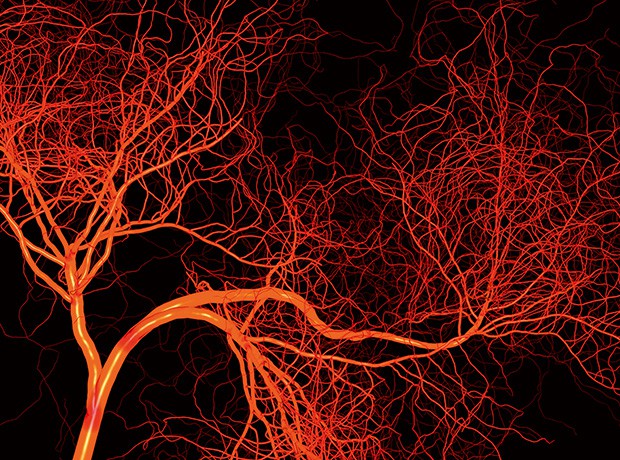Coronary heart disease is the most common of heart and circulatory system diseases.
Researchers from the University of Edinburgh, in collaboration with Heriot-Watt University, have found that vascular grafts printed using a new 3D printing technique could transform the treatment of cardiovascular disease (CVD).
The published research results Advanced Materials Technology Demonstrate that vascular grafts can improve outcomes in cardiac bypass patients.
CVD affects around seven million people in the UK and is a significant cause of disability and death.
Heart bypass surgery is an operation used to treat coronary artery disease, the most common heart and circulatory system disease affecting around 2.3 million people in the UK. It occurs when a buildup of fatty material within the walls of the coronary arteries narrows them.
The researchers, led by the University of Edinburgh’s School of Engineering, used a rotating spindle built into a 3D printer to print tubular grafts made from a water-based gel, then used a process called electrospinning, which uses high voltage to draw out thin nanofibers, to strengthen the printed graft and coat the artificial blood vessels with biodegradable polyester molecules.
The grafts can be made in diameters ranging from 1 to 40mm thick to suit a variety of applications, are easily integrated into the human body, and tests have shown that the resulting product is as strong as natural blood vessels.
The use of synthetic blood vessels could reduce the scarring, pain and risk of infection patients experience when removing human veins in bypass surgery, and potentially reduce the failure of tiny synthetic grafts that are difficult to integrate into the body.
Lead researcher Dr Norberto Radach, from the University of Edinburgh’s School of Engineering, commented: “Our findings address a long-standing challenge in the field of vascular tissue engineering, namely to create conduits with biomechanical properties similar to human veins – improving treatment options for CVD patients.”
The researchers, working with the Roslin Institute at the University of Edinburgh, are now aiming to test the vascular graft in animals, before moving on to trials in humans.







